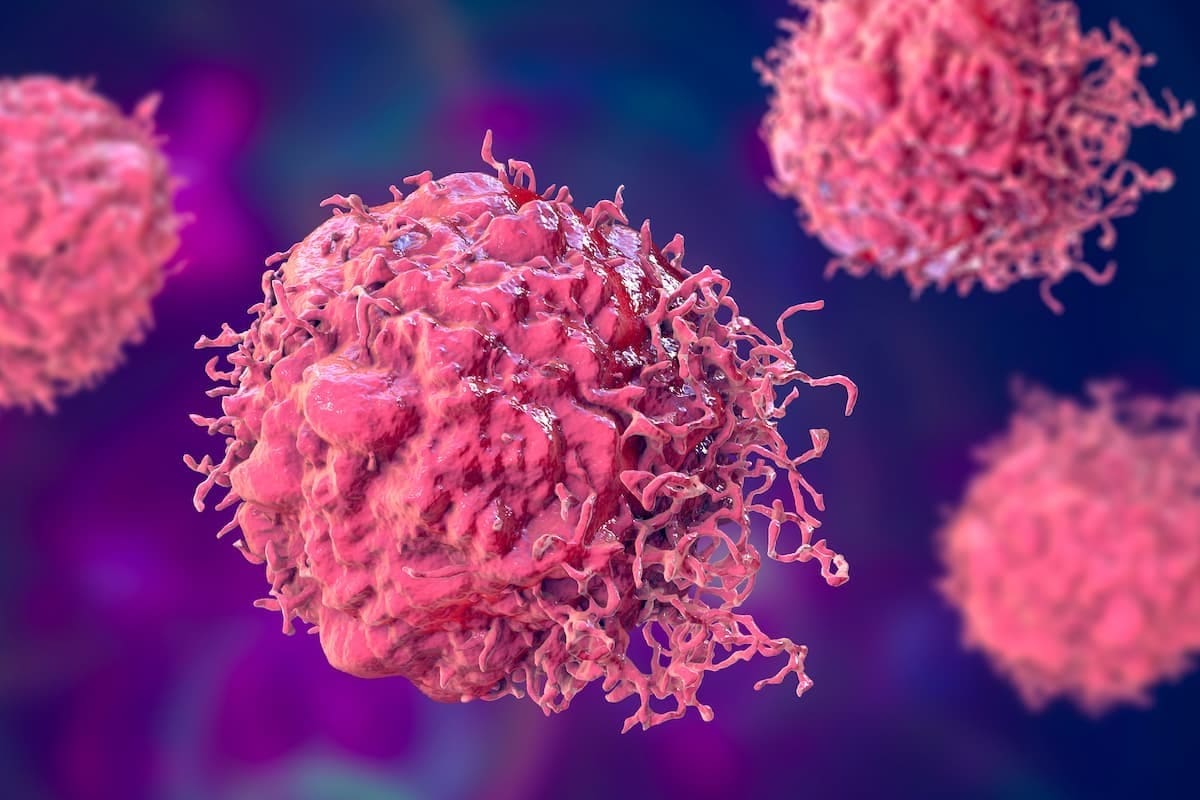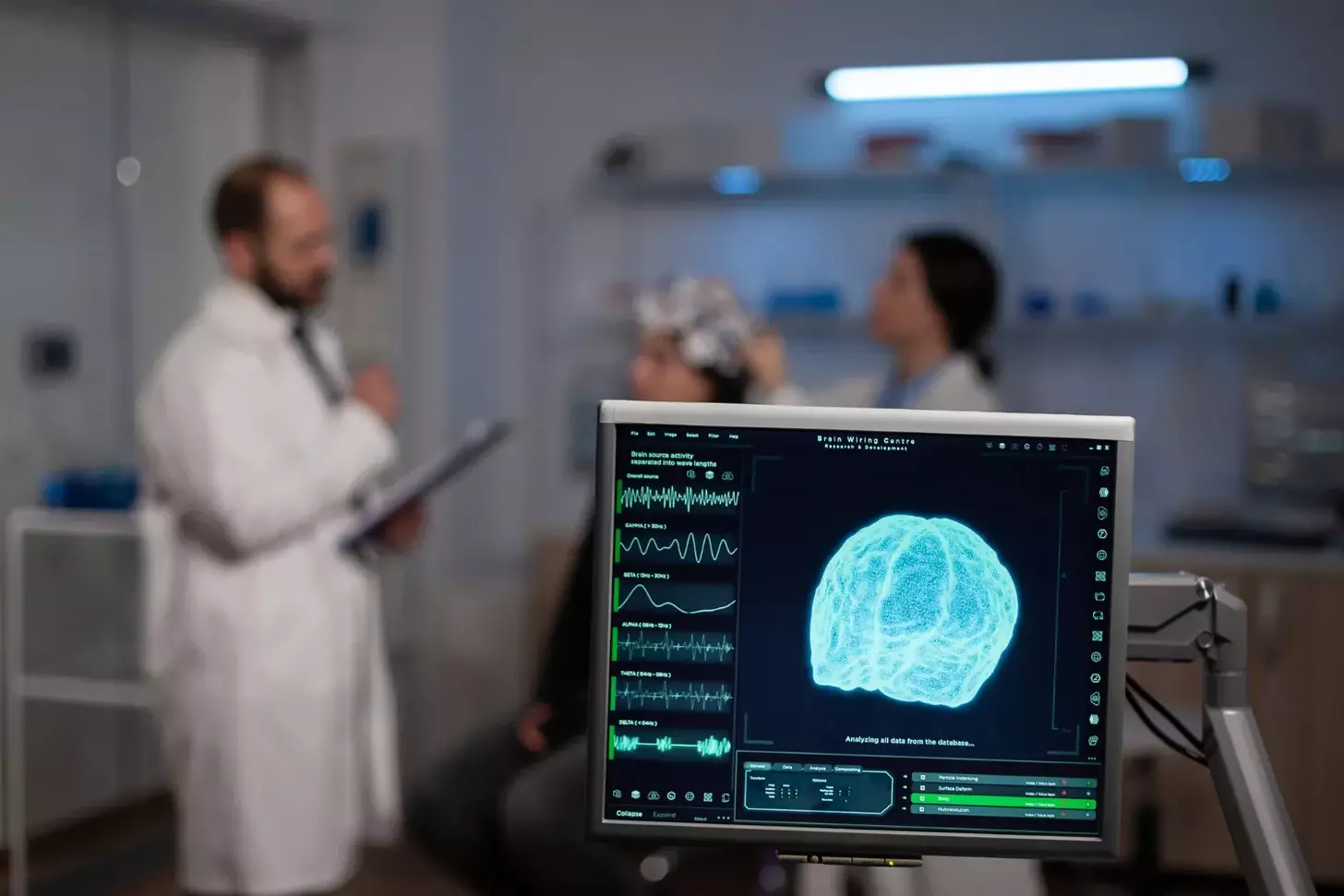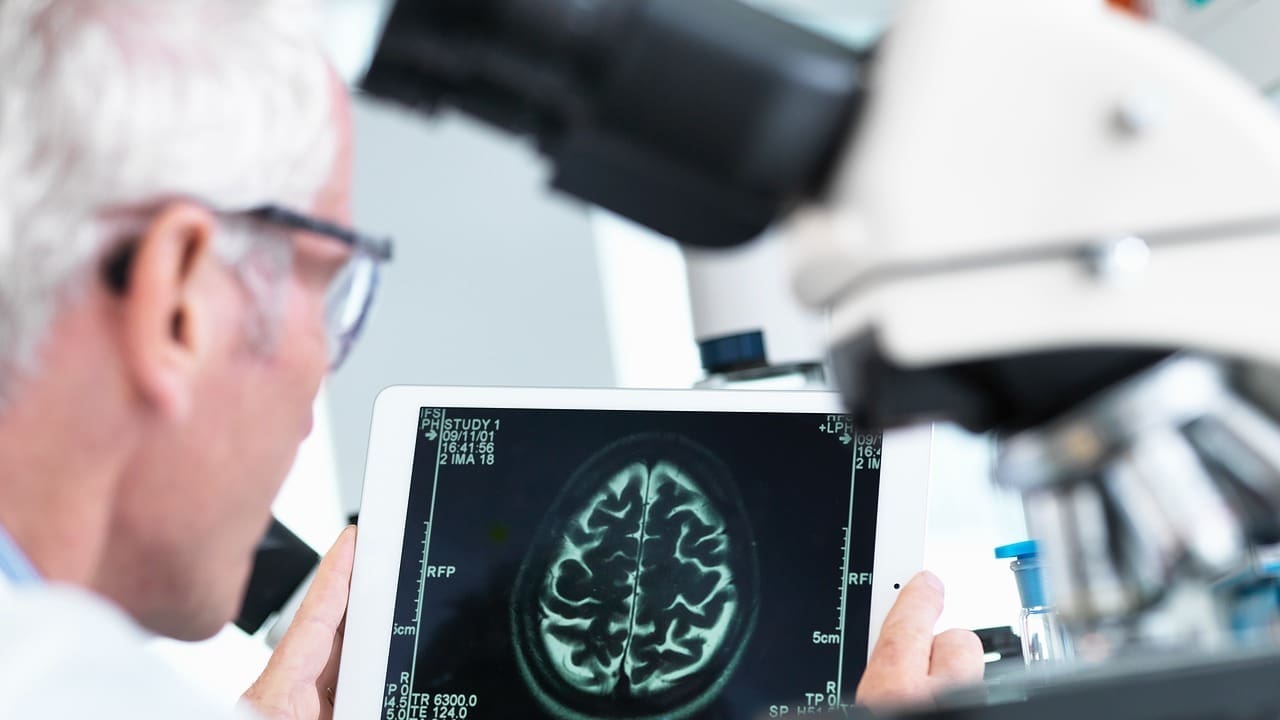Last Updated on November 27, 2025 by Bilal Hasdemir

At Liv Hospital, we understand that preparing for a PET scan can feel overwhelming, so knowing how long are PET scans can help ease your mind. A typical PET scan takes about 2 hours from start to finish, with the actual scanning time lasting between 15 to 45 minutes. The extra time accounts for preparation, including injecting the radioactive tracer and allowing it to circulate in your body so the images will be accurate.
During your visit, our team follows international safety standards, ensuring the process is smooth and comfortable. Before the scan, you may be asked to fast for several hours and avoid certain activities to improve image quality. During the scan, you’ll lie on a table that moves through the scanner while detailed images are captured. Afterward, you can usually return to normal activities. By explaining each step in advance, we aim to make you feel confident, informed, and ready for your PET scan experience.
Key Takeaways
- PET scan duration typically ranges from 15 to 45 minutes.
- The entire process, from preparation to completion, takes around 2 hours.
- Patients receive personalized care guided by international protocols.
- Liv Hospital prioritizes patient comfort and safety.
- Understanding the PET scan process can help alleviate anxiety.
What Is a PET Scan and How Does It Work?

PET scans use small amounts of radioactive materials to see how our bodies work. They are tests that doctors use to check how cells and tissues in our bodies are doing.
Basic Principles of PET Imaging
PET imaging finds energy from the body after a radioactive tracer is injected. This tracer goes to areas where cells are very active, like in growing cancer. The PET scanner picks up these signals and makes detailed pictures of our body’s inside.
To get a PET scan, you lie on a table that moves into a big machine. The machine finds the energy from the tracer, and a computer makes the images. The National Center for Biotechnology Information says PET scans are great for finding and tracking diseases like cancer and heart problems.
The Role of Radioactive Tracers
Radioactive tracers are key for PET scans. The most used one is FDG, a sugar molecule with a radioactive atom. Cancer cells take up more FDG because they use more sugar, making them show up on scans. Other tracers help check things like how much oxygen or blood is being used.
| Tracer | Use | Significance |
| Fluorodeoxyglucose (FDG) | Cancer detection, staging, and monitoring | Highlights areas of high glucose metabolism |
| Oxygen-15 | Brain and neurological disorders | Assesses blood flow and oxygen consumption |
| Rubidium-82 | Cardiovascular assessment | Evaluates myocardial blood flow |
The type of tracer used depends on the health issue being looked at. By using different tracers, PET scans can give lots of information about how our body works. This helps doctors diagnose many health problems.
Medical Uses of PET Scans
PET scans are key in many medical fields. They help in oncology, neurology, and cardiology. These scans show how the body works, helping doctors diagnose and track conditions.
Cancer Detection, Staging, and Treatment Monitoring
PET scans are essential in fighting cancer. They help find cancer, figure out how far it has spread, and check if treatments are working. This is because they show where the body is most active.
They are vital for cancer care. They give detailed info on tumor activity. This helps doctors track the disease and see if treatments are effective.
Brain and Neurological Disorders
PET scans are also great for brain and nervous system issues. They help with diseases like Alzheimer’s, Parkinson’s, and epilepsy. They show how the brain works, helping doctors make better treatment plans.
For brain problems, PET scans offer a special look. They help find diseases early and track them over time. This is something other scans can’t do.
Heart Disease and Cardiovascular Assessment
In heart health, PET scans are very useful. They check for heart disease and see if the heart tissue is working. This is key to finding and treating heart problems.
They also look at the heart’s activity. This helps doctors see how much damage there is after a heart attack. It guides the recovery process.
How Long Are PET Scans? Breaking Down the Timeline
When you’re getting ready for a PET scan, knowing how long it takes is key. It’s not just the scan itself; it’s also getting ready, waiting for the tracer to work, and the scan time.
Actual Scanning Time
A PET scan usually takes 15 to 45 minutes. The exact time depends on the scan type and the body part being checked. For example, a brain scan might be faster than a full-body scan.
Total Time in the Department
Even though the scan itself is short, you’ll likely spend 2 to 3 hours at the department. This includes getting ready, waiting for the tracer to work, and the scan itself.
Tracer Absorption Period
A big part of the time is waiting for the tracer to absorb into your body. This can take 30 to 90 minutes. It’s important to have clear images during the scan.
Factors That May Affect Scan Duration
Several things can change how long a PET scan takes. These include:
- The type of scan being performed
- The area of the body being scanned
- The patient’s overall health and condition
- The specific protocols of the imaging department
Knowing these factors helps you prepare for your PET scan. It also helps you understand how long it might take.
Preparing for Your PET Scan
To have a smooth PET scan, knowing what to do beforehand is key. Getting ready right can make your scan results better and your experience better, too.
Dietary Restrictions and Fasting Requirements
Before your PET scan, you might need to follow certain diet rules. You might have to fast for 4 to 6 hours before the scan. This time can change based on your scan type and health.
It’s important to listen to what your healthcare provider or the PET scan place tells you about eating before the scan.
Fasting Requirements: Don’t eat or drink anything except water during the fasting time. You might be allowed a little water.
Medication Considerations
Tell your healthcare provider about all the medicines you’re taking. This includes prescription drugs, over-the-counter medicines, and supplements. Some medicines might need to be changed or stopped before the scan.
Your healthcare provider will tell you how to handle your medicines for the scan.
What to Wear and Bring
On the day of your PET scan, wear comfy clothes that you can easily take off if needed. Don’t wear jewelry or clothes with metal because they might mess with the scan. Also, bring any important medical records, insurance info, and a list of your medicines to the appointment.
Special Instructions for Diabetic Patients
If you have diabetes, tell your healthcare provider. Diabetics might need to change their medicine or insulin before the scan if fasting is involved. Your healthcare provider will give you specific advice on managing your diabetes then.
The PET Scan Procedure: Step by Step
When you arrive for your PET scan, you’ll go through several steps. These steps are designed to make your experience smooth and effective. We know getting a PET scan can be scary, so we’ll guide you through it step by step.
Arrival and Initial Preparations
Our friendly staff will welcome you and help with the first steps. You’ll change into a comfy gown and take off any metal items or jewelry. They’ll also check your medical history and any special instructions you have.
Tracer Injection Process
Next, you’ll get an injection of a radioactive tracer, usually Fluorodeoxyglucose (FDG). This tracer helps the PET scan see how active your body’s cells are. The injection is quick and might feel a bit like a pinch.
The Waiting Period: What to Do During Uptake Time
After the injection, you’ll wait for 30 to 90 minutes. This lets the tracer spread through your body. You’ll need to stay very quiet and calm during this time. You might relax in a comfy spot or listen to music.
The Scanning Process and Equipment
When the waiting time is up, you’ll get on a table that slides into the PET scanner. The scanner is a big, doughnut-shaped machine that moves around you. It takes images of your body. The scan itself is usually painless and can last from 15 to 45 minutes.
Our team is here to make sure you’re comfortable and safe. We want to explain everything clearly so you feel more at ease during your visit.
Understanding PET Scan Tracers and Contrast
Tracers are key in PET scans. They help doctors diagnose and track health issues. These substances are vital for clear images of the body’s metabolic activities.
Fluorodeoxyglucose (FDG) and How It Works
Fluorodeoxyglucose (FDG) is the top tracer in PET scans. It’s a glucose molecule with a radioactive atom. FDG goes to areas with high activity, like growing cancer cells, for detailed images.
When injected, FDG is taken up by cells based on their glucose use. This makes it great for finding conditions like cancer.
Other Types of PET Tracers
While FDG is the most used, other tracers have specific roles. For example, Fluorothymidine (FLT) helps see how fast cells are growing. This is useful for knowing how aggressive tumors are.
Rubidium-82 is used for heart scans to check blood flow. It shows how well the heart is working.
Potential Side Effects from Tracers
PET scan tracers are mostly safe, with rare side effects. Some might feel a bit of discomfort or have an allergic reaction. Rarely, more serious reactions can happen.
Telling your doctor about any allergies before a PET scan is important. This helps keep you safe.
Knowing about PET scan tracers can ease worries. We explain how tracers like FDG work and why they’re important. We also talk about safety to make you feel better.
Combined PET/CT and PET/MRI Scans
Combined PET/CT and PET/MRI scans are changing medical diagnostics. They mix PET scan details with CT or MRI images. This gives doctors a clearer view of what’s happening inside the body.
Advantages of Hybrid Imaging
Hybrid imaging has many benefits. It leads to improved diagnostic accuracy and enhanced patient care. By combining PET with CT or MRI, doctors can:
- See the body’s internal structures more clearly
- Understand how anatomy and function relate
- Make more precise diagnoses and treatment plans
Impact on Procedure Time
Adding CT or MRI to a PET scan changes the procedure time. While a PET scan takes 15 to 45 minutes, the combined scan takes longer. Patients should plan to spend 2-3 hours in the department.
| Procedure | Typical Duration |
| PET Scan | 15-45 minutes |
| Combined PET/CT or PET/MRI | 2-3 hours |
Differences in Patient Experience
Patient experiences differ between PET/CT and PET/MRI scans. PET/MRI scans might be longer, which could worry patients with claustrophobia. PET/CT scans are quicker, better for those who can’t stay in one place for long.
We know scans can make patients anxious. Our team is here to offer support and care. We make sure patients are well-informed and comfortable.
Safety and Patient Experience After a PET Scan
PET scans are safe, but knowing about radiation and what happens after is key. We make sure you’re safe and comfortable every step of the way.
Radiation Exposure Levels and Safety
PET scans use a small amount of radiation from a tracer. But this amount is very low and safe for most people. We make sure the scan’s benefits are worth the tiny risk.
The tracer used in PET scans breaks down fast. This means you’re exposed to radiation for a short time. We handle the tracer carefully to keep you safe.
How You Feel After a PET Scan
Most people can go back to normal right after a PET scan. You might feel a bit tired or have some soreness where the tracer was given. These feelings are usually mild and don’t last long.
Some people might taste metal or have other minor side effects. These usually go away in a few hours. If you’re worried or notice anything strange, call your doctor.
Flushing the Tracer From Your System
Drinking lots of water helps get rid of the tracer. Staying hydrated helps your body get rid of it faster. You can eat normally unless your doctor tells you not to.
Resuming Normal Activities
Usually, you can go back to your usual routine after a PET scan. But always listen to what your doctor says. If you’re unsure about what to do after the scan, ask your doctor.
Knowing what to expect after a PET scan helps you prepare. Our team is here to support you and make sure you’re safe and comfortable during your scan.
Conclusion
We’ve looked into PET scans, their uses, and how they work. In short, PET scans are key tools in medicine. They help find and manage diseases like cancer, brain issues, and heart problems.
The PET scan process starts with a 30-60 minute wait for the tracer to spread through your body. Then, the scan itself takes 30-45 minutes. Some might feel uneasy or anxious, but the scan is safe. This is because the radioactive tracers quickly lose their strength and expose you to little radiation.
Knowing what to expect from a PET scan can make you feel more at ease. Drinking water after the scan helps get rid of the tracer. Most people can go back to their usual activities soon after. Understanding the PET scan process helps patients prepare better. It’s an important step in their health care journey.
FAQ
How long does a PET scan typically take?
A PET scan usually takes 2 to 3 hours. The actual scan time is 15-45 minutes. The rest of the time is for preparation and other steps.
Is a PET scan safe?
Yes, PET scans are safe. They use a small amount of radiation. We make sure you’re safe during the scan.
What is a PET scan used for?
PET scans help find and track cancer, heart disease, and brain disorders. They are used for diagnosis and treatment.
What is injected during a PET scan?
A tracer, like fluorodeoxyglucose (FDG), is injected into your blood. It shows where your body is most active, helping doctors see what’s going on.
How long does it take for the tracer to be absorbed?
It takes 30 to 90 minutes for the tracer to spread through your body. You’ll need to rest quietly during this time.
What should I wear and bring to the PET scan?
Wear loose, comfortable clothes without metal. You might need to change into a gown. Bring your medical records, medications, and ID.
Are there any dietary restrictions before a PET scan?
Yes, you might need to fast before the scan. Avoid caffeine and exercise for a while before it starts.
How do I feel after a PET scan?
You can usually go back to normal activities right after. You might feel tired or have some side effects, but they go away quickly.
How is the tracer flushed from my system?
Drinking lots of water helps get rid of the tracer. Your body will naturally remove it over time.
Can I combine a PET scan with other imaging tests?
Yes, PET scans can be used with CT or MRI. This gives more detailed and accurate results.
Are there any side effects from PET scan tracers?
Most people don’t have serious side effects from the tracer. But some might have mild reactions or allergies. We’ll talk about any risks before the scan.
References
- Townsend, D. W. (2008). Positron emission tomography/computed tomography. Seminars in Nuclear Medicine, 38(3), 152-166. https://www.ncbi.nlm.nih.gov/pmc/articles/PMC3213209/






